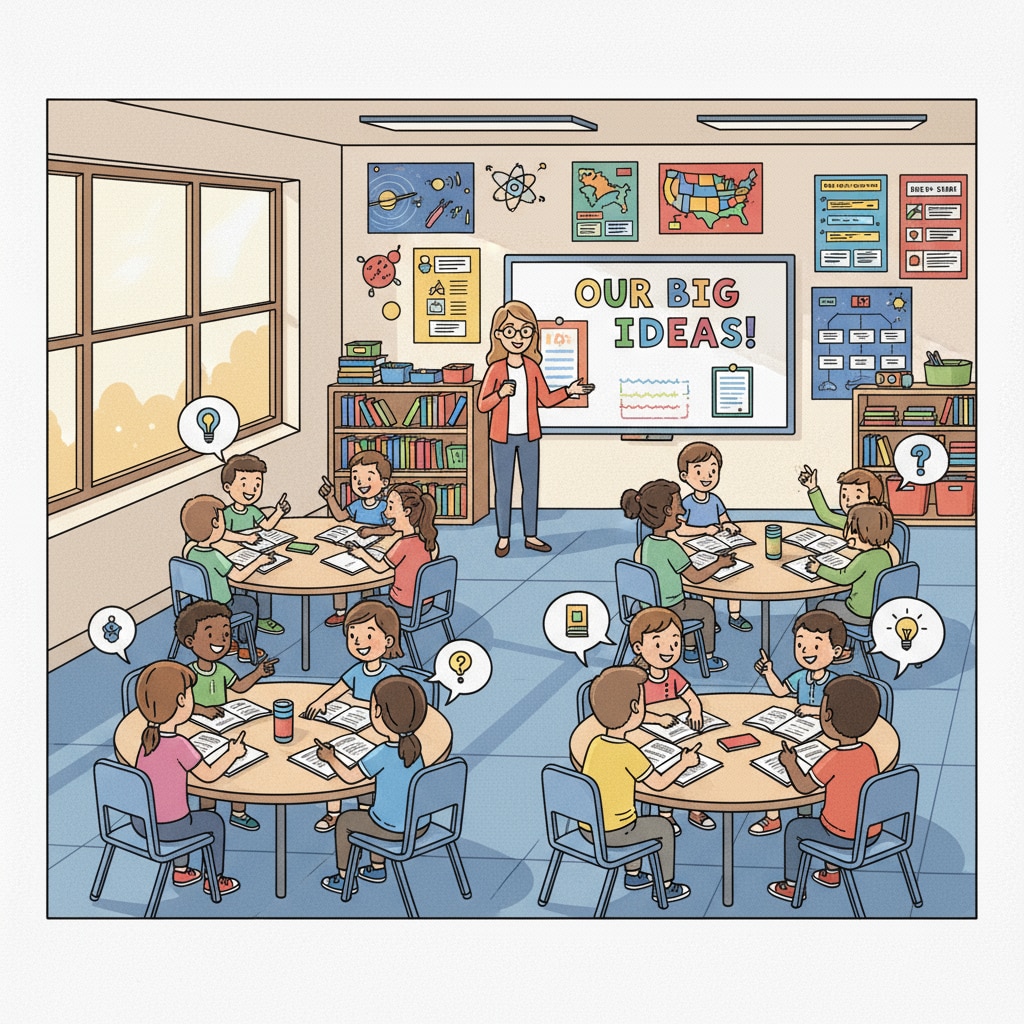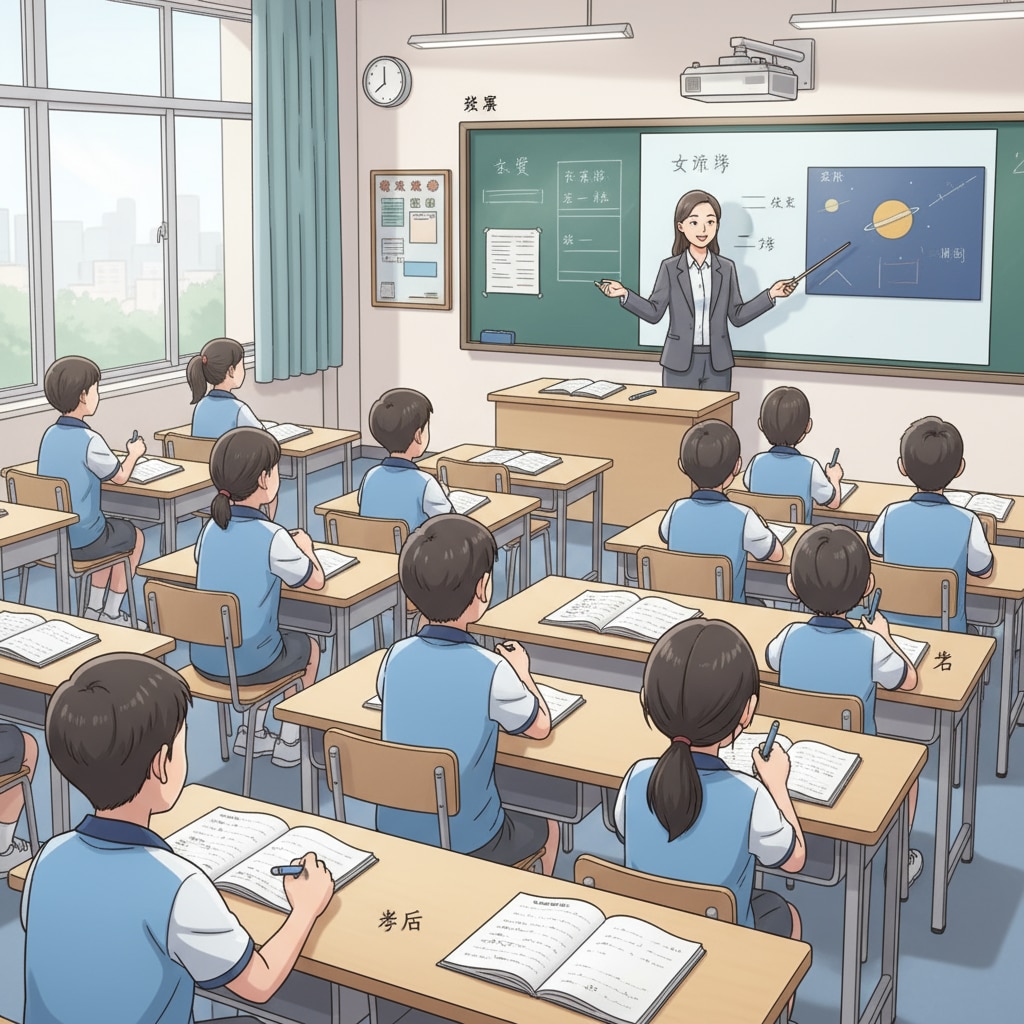Education systems, cultural differences, and learning pressures are crucial aspects to consider when comparing the K12 education in the United States and China. These two countries have distinct approaches to education, shaped by their unique cultures and values.

The US K12 education system is often lauded for its emphasis on cultivating students’ individuality and creativity. In American classrooms, students are encouraged to express their opinions freely, engage in group discussions, and explore various subjects at their own pace. For example, according to Education in the United States on Wikipedia, the curriculum offers a wide range of elective courses, allowing students to pursue their interests. This approach not only helps students discover their passions but also nurtures their critical thinking skills. However, this system also has its limitations. With a more relaxed academic environment, some students may face challenges in developing strong fundamental knowledge and study habits.
Cultural Influences on the US Education System
The cultural values in the US, such as individualism and freedom, play a significant role in shaping the education system. In American society, personal achievement and self-expression are highly regarded. Therefore, the education system aims to provide students with opportunities to stand out and develop their unique identities. In addition, the diverse cultural background of the US also enriches the educational experience. Students from different ethnic groups bring various perspectives and ideas to the classroom, promoting cross-cultural understanding. However, this cultural diversity can also pose challenges in terms of curriculum design and educational equity.

The Chinese K12 Education Model and Learning Pressures
The Chinese K12 education system, on the other hand, places great emphasis on academic performance and rote learning. Students are required to master a vast amount of knowledge and skills through intensive studying and practicing. As described on Education in China on Britannica, the highly competitive college entrance examination, the Gaokao, exerts immense pressure on students. This pressure often leads to long study hours and a heavy workload. Nevertheless, this system also has its advantages. It helps students build a solid foundation in basic knowledge and develop strong self-discipline and perseverance. These qualities are essential for their future academic and career success.
Cultural differences also significantly impact the Chinese education system. In Chinese culture, respect for elders, authority, and tradition is deeply ingrained. This is reflected in the classroom, where students are expected to listen attentively to their teachers and follow the established teaching methods. Moreover, the pursuit of academic excellence is highly valued in Chinese society, which further intensifies the learning pressures on students. However, in recent years, there have been efforts to reform the education system to incorporate more elements of creativity and individuality.
Readability guidance: As we can see, both the US and Chinese K12 education systems have their own strengths and weaknesses. By understanding these differences, educators and policymakers can learn from each other and make improvements. For example, the US could consider strengthening the fundamental knowledge teaching, while China could further promote creativity and critical thinking in the classroom. This way, we can strive to create more balanced and effective education systems that better meet the needs of students in the global era.


